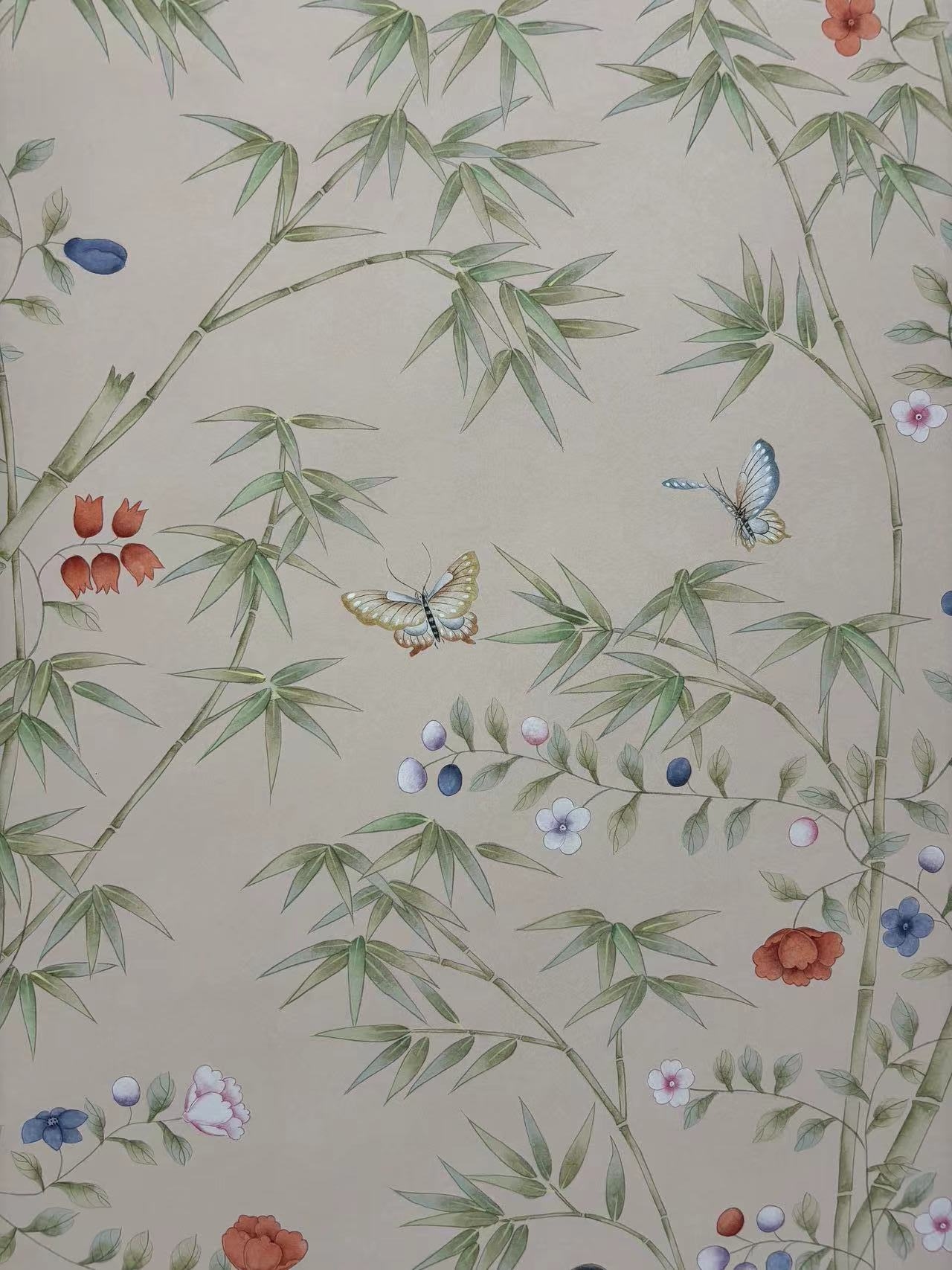- This topic is empty.
-
AuthorPosts
-
28/10/2024 at 13:50 #2227
Wallpaper is a common material in home decoration. It can not only add beauty to the room but also protect the wall. However, due to various reasons, wallpaper may crack during use, affecting the beauty and service life of the room. In order to avoid this, we need to take some measures to prevent wallpaper from cracking.
1. Choose the right wallpaper material
Choosing the right wallpaper material is the key to preventing cracking. When buying wallpaper, we should choose materials with good quality and strong durability. High-quality wallpaper usually has better toughness and ductility and can withstand certain physical deformation without cracking. On the contrary, inferior wallpaper materials are brittle and lack elasticity, and are prone to cracking when the temperature and humidity change or the wall is slightly displaced.
2. Ensure that the wall is properly treated
Cleaning the wall: Before pasting wallpaper, you must ensure that the wall is clean, flat, and oil-free. Use sandpaper to polish the wall to remove dust and uneven parts. For cracked walls, putty should be used to repair and polish them flat.
Apply the base film: The base film can seal the wall, prevent the moisture and alkaline substances in the wall from seeping out, and prevent the wallpaper from discoloring, moldy, or falling off due to water absorption or reaction with alkaline substances. Apply the base film evenly, and wait until it is completely dry before laying the wallpaper.
Keep the wall dry: Make sure the wall is completely dry before laying the wallpaper to avoid moisture causing the wallpaper to bubble or crack. You can use a hygrometer to detect the humidity of the wall to ensure that it is within the appropriate range.

3. Correct construction operation
Choose the right adhesive: It is very important to choose the right adhesive according to the wallpaper material. Non-woven wallpaper usually uses a special non-woven glue, while PVC wallpaper needs to use PVC special glue. Improper use of adhesives can easily cause the wallpaper to be poorly pasted or cracked.
Apply glue evenly: Apply the glue evenly to avoid bubbles or missing coating. Too thick a glue layer will cause the wallpaper to not fit the wall completely, while too thin glue layer will affect the bonding strength.
Pay attention to joint treatment: The joints of wallpaper are the most likely to crack. When splicing, make sure that the patterns are aligned and the seams are tight. For large-area wallpaper paving, it is recommended to do it in sections, leaving a certain overlap between each section for adjustment and correction.
Use professional tools: Use professional tools such as scrapers and rollers to gently scrape the wallpaper flat and squeeze out excess adhesive and bubbles. The force should be moderate to avoid excessive force that causes the wallpaper to stretch excessively and crack.
Keep the room ventilated: During the construction process, keep the room well-ventilated, which will help the adhesive dry quickly and reduce the risk of cracking caused by uneven shrinkage of the wallpaper.
4. Daily maintenance and care
Regular cleaning: Regularly wipe the surface of the wallpaper with a feather duster or soft cloth to remove dust and stains. Avoid using a wet cloth or detergent containing chemical ingredients to avoid damaging the wallpaper surface.
Control indoor humidity: Keep the indoor humidity within an appropriate range (usually 40%-60%) and avoid being too wet or dry. An overly humid environment can easily cause the wallpaper to mold, while an overly dry environment can cause the wallpaper to lose moisture and crack.
Avoid direct sunlight: Long-term direct sunlight can cause the wallpaper to fade and age, thereby increasing the risk of cracking. You can use curtains or sunshades to block strong sunlight.
Timely repair: Once you find small cracks or warping on the wallpaper, you should deal with it in time. Use special glue or tape to repair it to prevent the problem from expanding.
5. Preventive measures in special circumstances
Reinforcement of corners and joints: Corners and joints are the places where wallpaper is most likely to crack. During construction, you can use corner strips or bandages to reinforce these areas to improve crack resistance.
Avoid using in environments with large temperature differences: Extreme temperature changes can cause wallpaper to expand contract and crack. Try to avoid using wallpaper in environments with large temperature differences, such as areas near radiators or air conditioner outlets.
Consider using double-layer wallpaper: For some high-end decoration projects, you can consider using double-layer wallpaper technology. That is, first apply a layer of base wallpaper, and then cover it with a layer of surface wallpaper. This double-layer structure can enhance the overall stability and crack resistance of the wallpaper.
In summary, preventing wallpaper from cracking requires multiple aspects. Choosing the right wallpaper material, ensuring proper wall preparation, correct construction operations, and daily maintenance and care are all key steps. By following the above suggestions, you can effectively extend the life of the wallpaper and maintain its beauty.
As a wallpaper wholesaler, we are committed to providing you with high-quality wallpaper products to meet your personalized needs. We have a wide range of wallpaper styles and designs, covering a variety of styles and themes, whether it is simple, modern, retro, or artistic, we can provide you with a variety of choices. Whether you are decorating your home, office, or commercial space, we can provide you with tailor-made solutions.
http://www.ecwallpaper.com
ecwallpaper -
AuthorPosts
- You must be logged in to reply to this topic.